What are the possibilities to control some LED lights in your home?
Normally you would buy a small wireless enabled controller and install it where your light/lamp is. As the number of light sources rise this is only a half-viable option...
The other method is to use a "big" dimmer in your electric cabinet. These are typically controlled via a dedicated control-system. For example DMX, RS485, etc.
Last year, we've developed a versatile and cheap Ethernet DMX Bridge (german) to address the second option. These are used with DMX dimmers, partly in electric cabinets, partly for a DMX bus around the house.
Then I thought, why do I have to detour over DMX while I talk via Ethernet to the LED channels? Thus the idea for a standalone networked LED dimmer was born.
In the beginning we used WizNet's W5500 ethernet chip, which is well known in the Arduino universe, together with an ESP32. This network IC works absolutely fantastic together with Paul Stoffregen's marvelous Arduino Library. But as the project advances we came to the conclusion to use MicroChips's LAN8710 as this is far better supported in the used Espressif IDF for the ESP32. Thank you wESP32 and Olimex for the idea...
On the dimming side we've choosen the PCA9685 from NXP, which gives us 16 possible channels with 12-bit resolution and a configurable PWM frequency of up to 1526Hz. Because of that we now have 4096 brightness levels per channel.
The output is driven by 10 individual IRFR4105Z HEXFET's which can supply up to 21-30A.
As we have some space constraints in a 107mm wide (6TE) DIN rail case, only 10 channels of the possible 16 are available. We decided to have 8A per channel maximum and designed the spacing and pcb trace width and thickness accordingly.
We only use networked communication as Wi-Fi is often is not suitable in an electric cabinet. The ESP32 can do Wi-Fi anytime, but this was not what we aimed for in the first place.
The hardware and software will be open source. Currently we have 5 working prototypes and have to finish the software to get something we can show to the world.
Afterwards we are planing to sell these complete with CE marking and RoHS conformity in Germany.
So, this for the start. I will update as soon as there are any further steps taken.
Cheers!
 Patrik Mayer
Patrik Mayer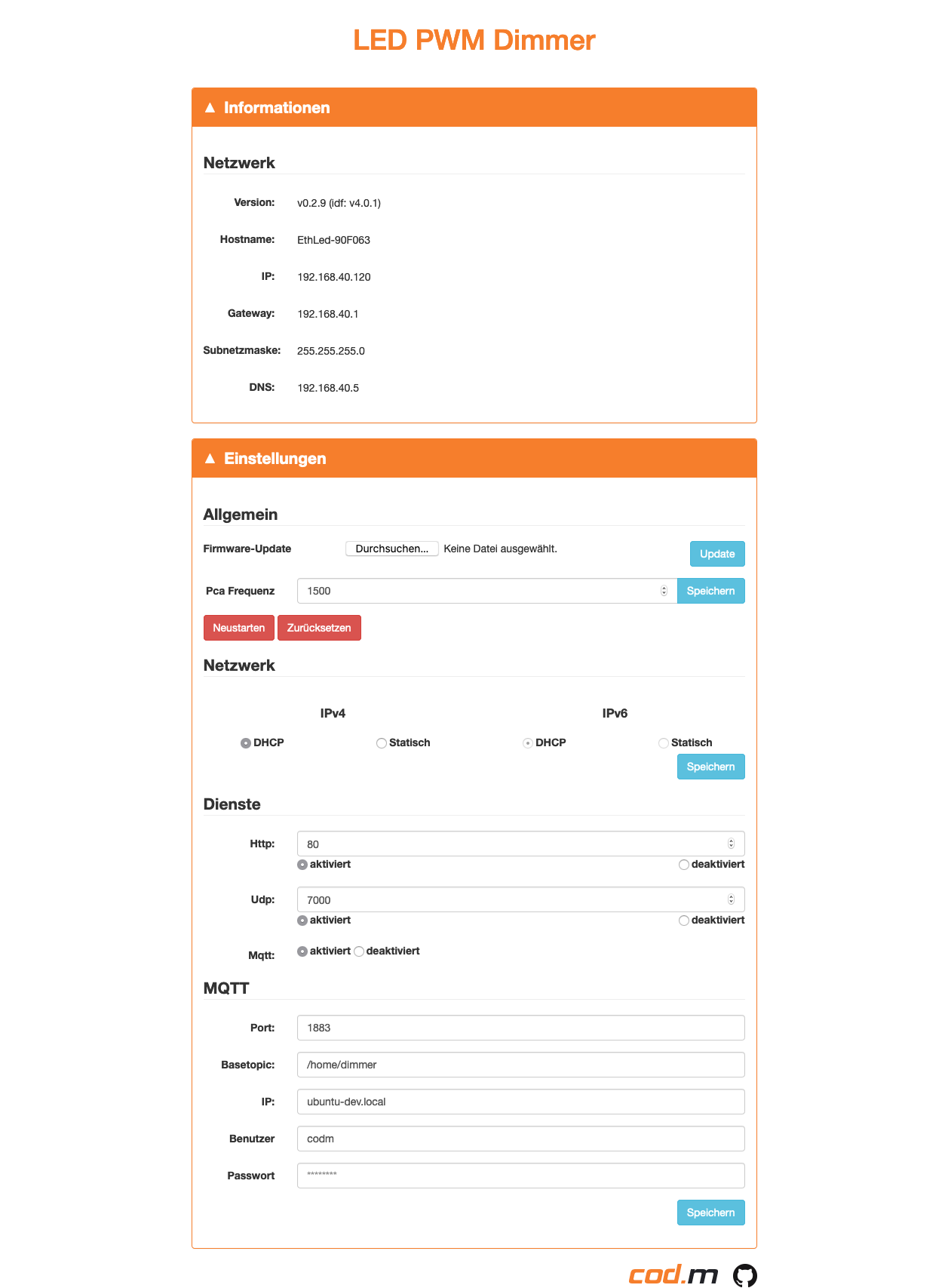 The webinterface is work in progress, of course used to configure the device (Network, MQTT-Broker, Ports, etc.) and firmware upgrade but can also be used to dim the ten different channels directly. The screenshot shows a basic version without the sliders for the PWM channels.
The webinterface is work in progress, of course used to configure the device (Network, MQTT-Broker, Ports, etc.) and firmware upgrade but can also be used to dim the ten different channels directly. The screenshot shows a basic version without the sliders for the PWM channels.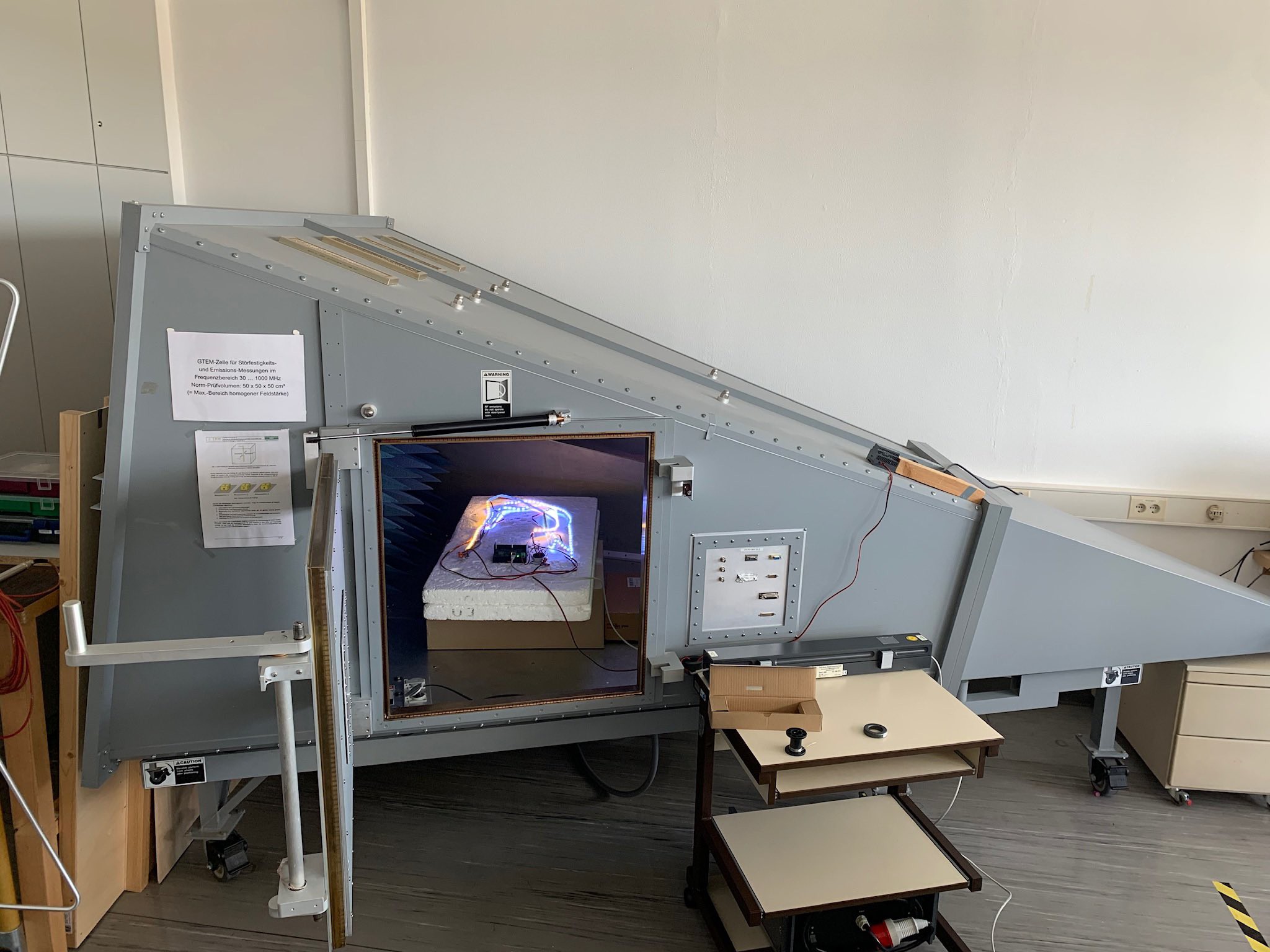
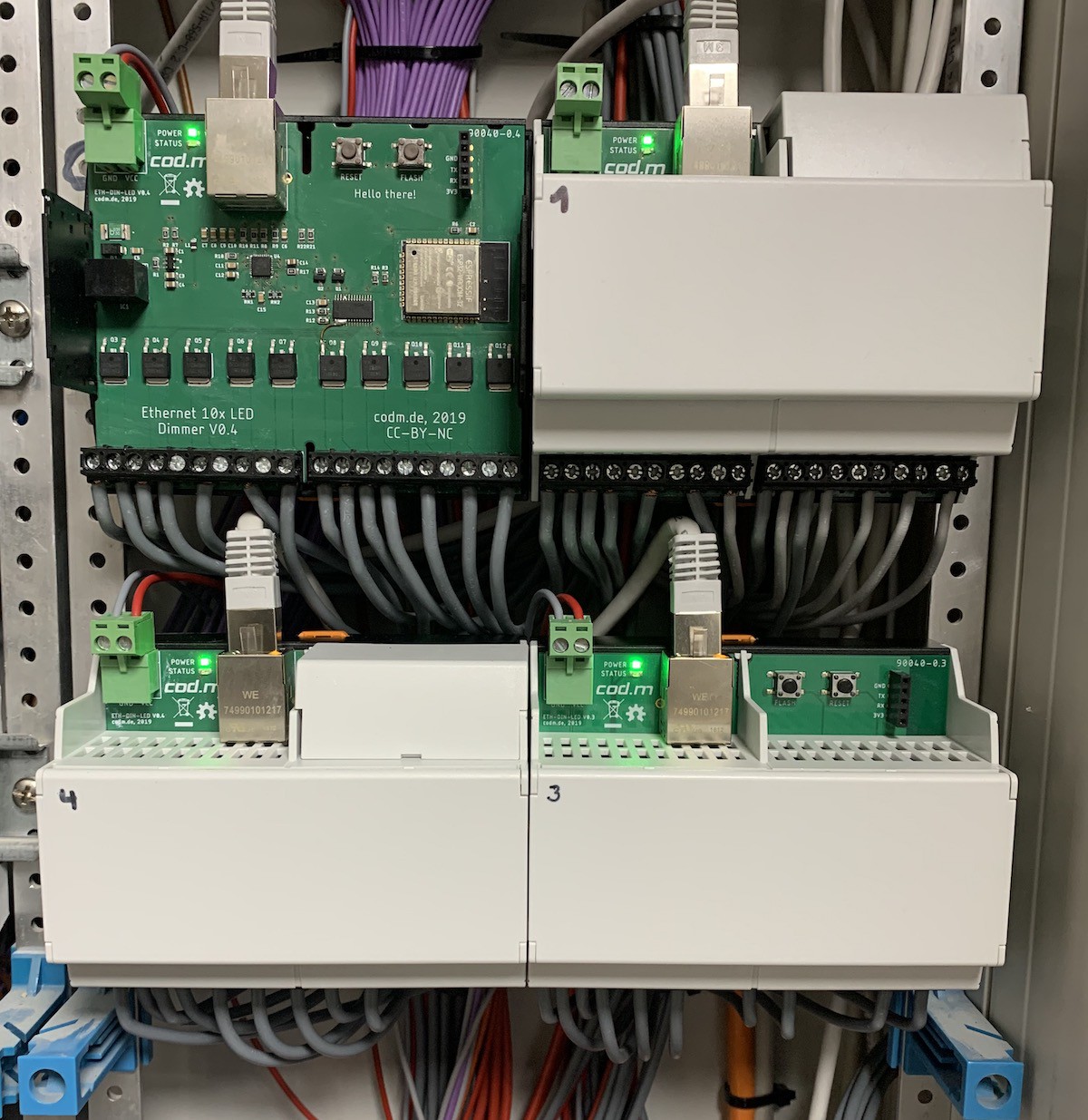





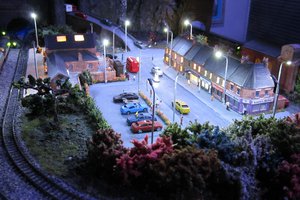
 Jack Flynn
Jack Flynn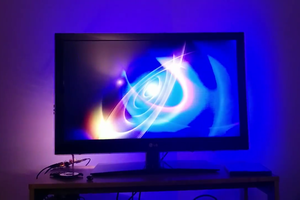
 klaute
klaute
 Jerry Isdale
Jerry Isdale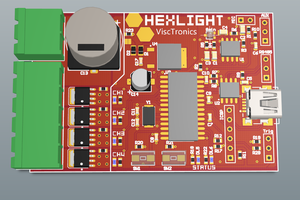
 Jared Sanson
Jared Sanson
Any plans to share the schematic for this board?